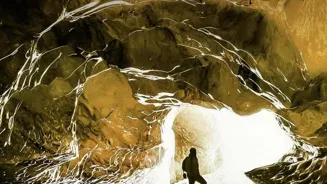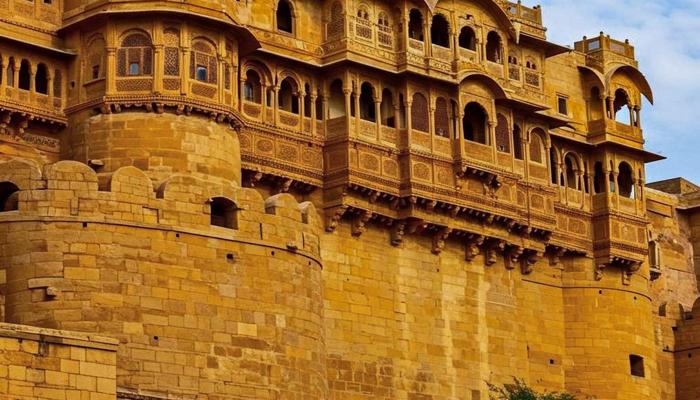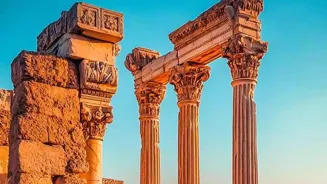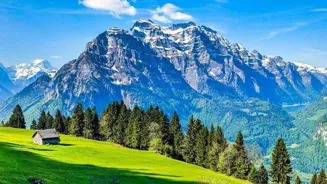Unveiling India's Ancient Ruins: A Journey Through Time and Heritage. Discover the wonders that shaped our past!
India, a land steeped in history and culture, boasts a mesmerizing array of ancient ruins
that whisper tales of bygone eras.
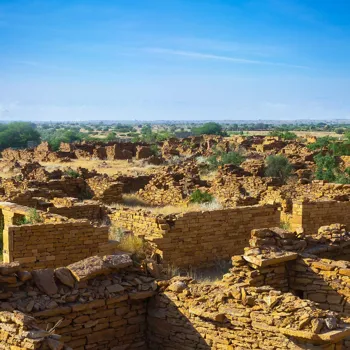
From majestic temples to sprawling forts, these sites offer a tangible connection to the past, inviting us to step back in time and marvel at the architectural prowess and artistic sensibilities of our ancestors.
Embark on a journey of discovery as we explore some of the most remarkable historical sites that India has to offer, each a testament to the country's rich and diverse heritage.
These places are not just piles of old stones; they are windows into the lives, beliefs, and achievements of the people who came before us. By visiting them, we can gain a deeper understanding of our shared history and appreciate the legacy that has shaped our present.
So, pack your bags, put on your walking shoes, and prepare to be amazed by the wonders of ancient India.
Exploring the historical wonders of Hampi, Karnataka
Our adventure begins in Hampi, a UNESCO World Heritage Site located in Karnataka. Once the capital of the Vijayanagara Empire, Hampi is a surreal landscape dotted with magnificent temples, palaces, and market streets, all set against a backdrop of giant boulders and palm trees.
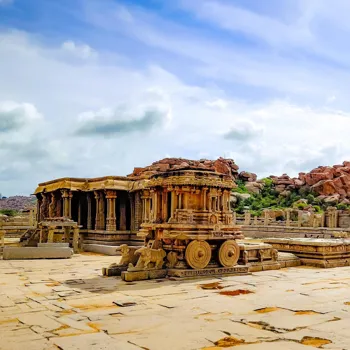
The Virupaksha Temple, dedicated to Lord Shiva, stands as a testament to the empire's religious devotion, while the Vittala Temple, with its iconic stone chariot, exemplifies the architectural brilliance of the Vijayanagara artisans.
Lose yourself in the ruins of the Royal Enclosure, imagining the opulent lives of the emperors and queens who once resided here. Hampi is a place where history comes alive, where you can almost hear the echoes of the past resonating through the ancient stones.
Exploring Hampi is like stepping into a time capsule, a journey that transports you back to the 14th century when this city was at the peak of its glory.
The sheer scale of the ruins is breathtaking, and the intricate carvings and sculptures that adorn the temples are a testament to the artistic skill of the Vijayanagara craftsmen.
Explore Khajuraho's temples, a blend of art, religion, and history
Next, we travel to Khajuraho in Madhya Pradesh, renowned for its stunning temples adorned with intricate sculptures that depict various aspects of life, including love, dance, and spirituality.
Built by the Chandela dynasty between the 9th and 11th centuries, these temples are a celebration of human emotions and artistic expression.
The Kandariya Mahadeva Temple, dedicated to Lord Shiva, is the largest and most elaborate of the Khajuraho temples, showcasing the intricate details of the carvings.
The temples are not just religious structures; they are a visual feast, a testament to the artistic talent and cultural richness of the Chandela kingdom. The sculptures are not just aesthetically pleasing; they also offer insights into the social and cultural norms of the time.
The Khajuraho temples are a unique blend of art, religion, and history, making them a must-visit destination for anyone interested in exploring India's cultural heritage. These ancient sites present our unique blend of different religions, beliefs and art forms of days that have gone by.
Exploring historical gems in Agra, including Taj Mahal and Agra Fort
Our journey continues to Agra, home to the iconic Taj Mahal, a symbol of love and architectural grandeur. Built by Mughal Emperor Shah Jahan in memory of his beloved wife Mumtaz Mahal, this white marble mausoleum is a masterpiece of Mughal architecture.
While the Taj Mahal is undoubtedly the star attraction, Agra also boasts other historical gems, such as the Agra Fort, a UNESCO World Heritage Site that served as the main residence of the Mughal emperors.
Explore the Diwan-i-Aam, where the emperor held public audiences, and the Diwan-i-Khas, where he met with his closest advisors. The fort offers stunning views of the Taj Mahal, providing a different perspective on this architectural marvel.
Agra is a city steeped in history, where the legacy of the Mughal Empire is still palpable. The intricate designs, the majestic structures, and the stories that surround them make Agra a truly unforgettable destination.
And let's not forget the local bazaars where your shopping urge gets a boost, do remember to bargain to get the best prices.
Exploring Ajanta and Ellora Caves: Ancient Indian art marvels in Maharashtra
Moving westward, we arrive at the Ajanta and Ellora Caves in Maharashtra, a UNESCO World Heritage Site comprising rock-cut caves that showcase ancient Indian art and architecture.

The Ajanta Caves, dating back to the 2nd century BCE to the 5th century CE, are adorned with exquisite paintings that depict the life of Buddha and scenes from the Jataka tales.
The Ellora Caves, built between the 6th and 10th centuries CE, feature a unique blend of Buddhist, Hindu, and Jain temples, showcasing the religious harmony that prevailed in ancient India.
The Kailasa Temple, carved out of a single rock, is the most remarkable of the Ellora Caves, a testament to the incredible skill and dedication of the ancient artisans.
Exploring these caves is like stepping into a gallery of ancient art, where you can witness the evolution of Indian painting and sculpture over centuries.
The intricate details of the carvings and the vibrant colors of the paintings are a testament to the artistic genius of the people who created them.
Delhi: a city steeped in history, cultural richness, and political significance
Our next stop is Delhi, the capital city of India, which boasts a rich tapestry of historical sites that reflect its long and eventful past.
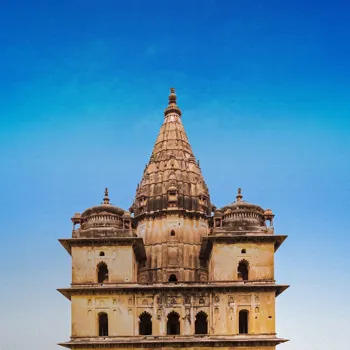
From the Red Fort, the majestic residence of the Mughal emperors, to Humayun's Tomb, a precursor to the Taj Mahal, Delhi is a treasure trove of architectural wonders.
Explore Qutub Minar, a towering minaret that stands as a symbol of Delhi's Islamic heritage, and India Gate, a war memorial that commemorates the soldiers who died in World War I.
Delhi is a city where history is alive and well, where you can walk through the corridors of power and explore the remnants of empires that once ruled over the subcontinent.
The city's historical sites are not just monuments; they are a reminder of the sacrifices and struggles that have shaped India's destiny. From old Delhi to today's Delhi, it has always been a cultural and political hub.
Exploring the ancient Nalanda University ruins in Bihar, a beacon of learning and intellectual pursuit
Finally, we journey to the ruins of Nalanda University in Bihar, once a renowned center of learning that attracted scholars from all over the world. Founded in the 5th century CE, Nalanda was a thriving hub of Buddhist philosophy, literature, and medicine.
The ruins of the university reveal a well-planned complex with classrooms, libraries, dormitories, and temples, showcasing the advanced educational system that existed in ancient India.
Although destroyed in the 12th century, the ruins of Nalanda still evoke a sense of awe and inspire us to appreciate the importance of education and intellectual pursuits.
Walking through the ruins, one can almost imagine the bustling activity of the university, the debates and discussions that took place within its walls, and the pursuit of knowledge that made Nalanda a beacon of learning for centuries.
Nalanda is a reminder that India has a long and proud history of intellectual achievement, and that education has always been valued as a means of personal and societal growth.
Visiting these historical places also presents an opportunity to appreciate modern India and our modern educational institutions.
AI Generated Content. Glance/InMobi shall have no liability for the content